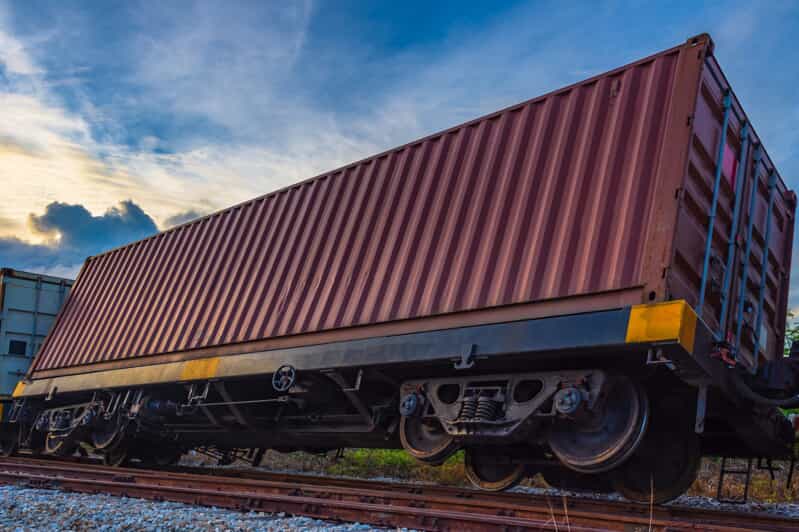
Many South Floridians use public transportation to go back and forth to work each day, using government-operated commuter trains like the Tri-Rail and MetroRail, and/or company-owned high speed trains, like Amtrak. While operating under high safety standards, unfortunately accidents can happen and passenger injures result from these public transportation accidents. While you can bring forth a personal injury claim if you have been injured on a train, there are some exceptions and specific procedures to follow when claims are against government-operated transportation systems. Having a Florida personal injury attorney that knows these legal obstacles can help make sure you receive just compensation for your injuries.
Duty of Care and Passenger Trains
Commuter and High Speed Trains are regulated by state and federal laws that hold carrier companies and government-operated transit systems to very high safety standards. These safety standards, also know as “duty of care” help protect the passengers that depend on these public transportation systems.
Failure to adhere to Duty of Care can lead to passenger injuries either by negligence on behalf of the operator or sustained while using the transportation system. Some examples of “Duty of Care” for passenger trains include:
- Ensuring the safety of passengers when embarking or disembarking a train
- Providing necessary security measures on trains and at stations
- Ensuring train operators and employees are highly qualified and trained
- Providing regular train maintenance
- Properly functioning train signals or crossings that are protected
While the operators of trains and transit systems work hard to ensure a high duty of care to the passengers, accidents can and do happen. Collisions are the most commont type of train accident. While train collisions are rare, they can be extremely catastrophic. Collisions with other trains, vehicles at railroad crossings, and with other objects, such as guardrails, often result in injured passengers and fatalities. These types of accidents are usually caused by operator negligence. For example, the driver of the train is speeding, driving distractedly, and/or perhaps operating recklessly.
In addition to train collisions, passengers collisions inside the train compartment with other objects can also lead to serious injuries.
Common Injuries for Train Passengers Include:
- Whiplash
- Back and neck injuries
- Broken bones
- Permanent scarring or disfigurement
- Bumps and bruises
- Concussions
- Traumatic brain injuries
- Death
Statute of Limitations for Train Accidents
Unfortunately, there is a time limit in which victims should file their claim after a train accident. After that period has elapsed, the case in question could be barred from the court system. In cases where the accident involved a government-operated vehicle, it’s best to seek advice from an experienced railroad attorney. Typically suits against governments have a shorten statute of limitations, or time limit to bring about claims.

